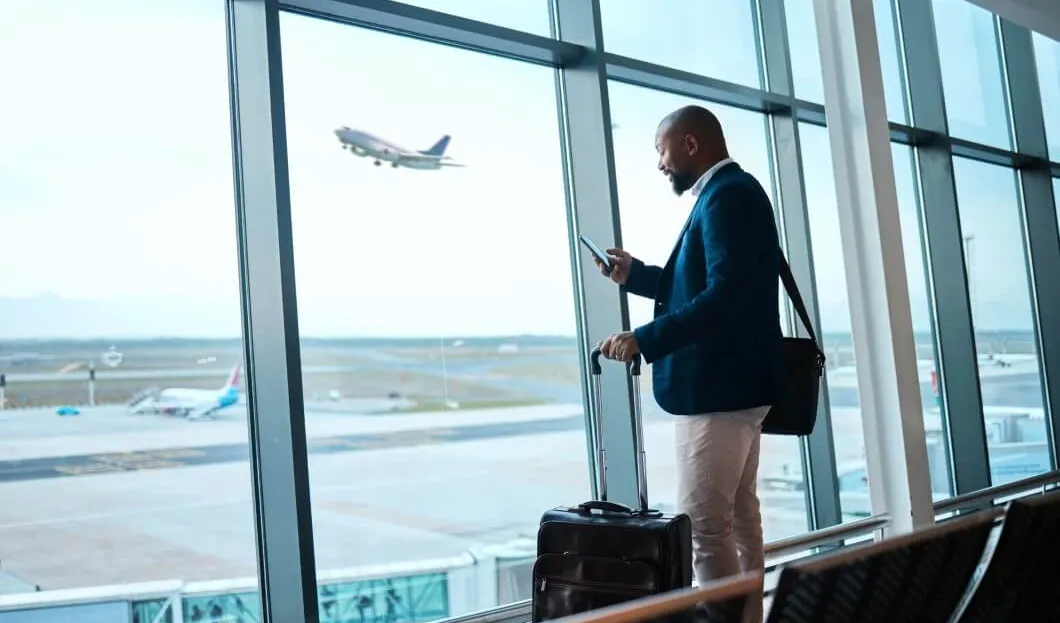
Many business travelers have the mindset that "the sky is the limit" when it comes to the costs of business meetings and professional trips. However, a new global analysis of SAP Concur data reveals that employee spending increased by 17% from 2019 to 2023.
Year after year, companies are reimbursing their employees for higher expenses. This could become a problem if companies need a clear picture of their employee spending and take appropriate control measures. Fortunately, digital solutions for business travel management can help by providing transparency into travel costs and other employee expenses, which can then be assigned to appropriate categories. The analysis discovers where employees are spending the most money on business trips and what cost increases this entails for companies.
Airline tickets are one of the most expensive items when it comes to business travel. In 2023, the average cost per travel expense claim was €716, three times higher than any other expense category. Compared to 2019, flight costs have increased by 10%. In contrast, fuel and entertainment costs are significantly lower, at €55 and €52, respectively. However, these categories have also seen a significant cost increase due to inflation, supply shortages, and tariffs on certain imports, with fuel costs increasing by 37% and entertainment costs increasing by 30%. The average cost of overnight accommodation increased to €130 in 2023, a 21% increase. The only category to have seen a decrease in expenses is train travel, which has fallen slightly worldwide by 5%.
Many companies are facing higher business travel costs that exceed inflation rates. However, due to a lack of analysis, many companies need to be made aware of these cost increases and changes in the spending habits of their employees in detail. Such a lack of understanding can lead to financial blind spots, where higher expenses are not always considered in the financial planning process. It's crucial for companies to gain a better insight into their employee spending habits to ensure a more accurate financial planning process for business travel.
It's worth noting that airline tickets are generally the most expensive transactions. However, flights don't have the highest overall costs. In 2023, 22% of expenses were recorded in the Other category, while the miscellaneous category accounted for another 11%. These categories cover expenditures that don't fit into existing categories or relate to expenditure categories outside the norm.
For instance, employees may purchase new equipment for their home office through these categories. This had consequences, particularly during the pandemic, as only the total volume of miscellaneous and miscellaneous categories increased between 2019 and 2023 compared to other categories (+7%), while the costs of flight tickets and accommodations fell.
The analysis also reveals how often employees spend in each category. The top three spending categories for business travel in 2023 were hospitality (24%), ground transportation (such as taxi rides or public transport) (22%), and overnight stays (14%). This means that nearly every fourth invoice is associated with employee meals.













